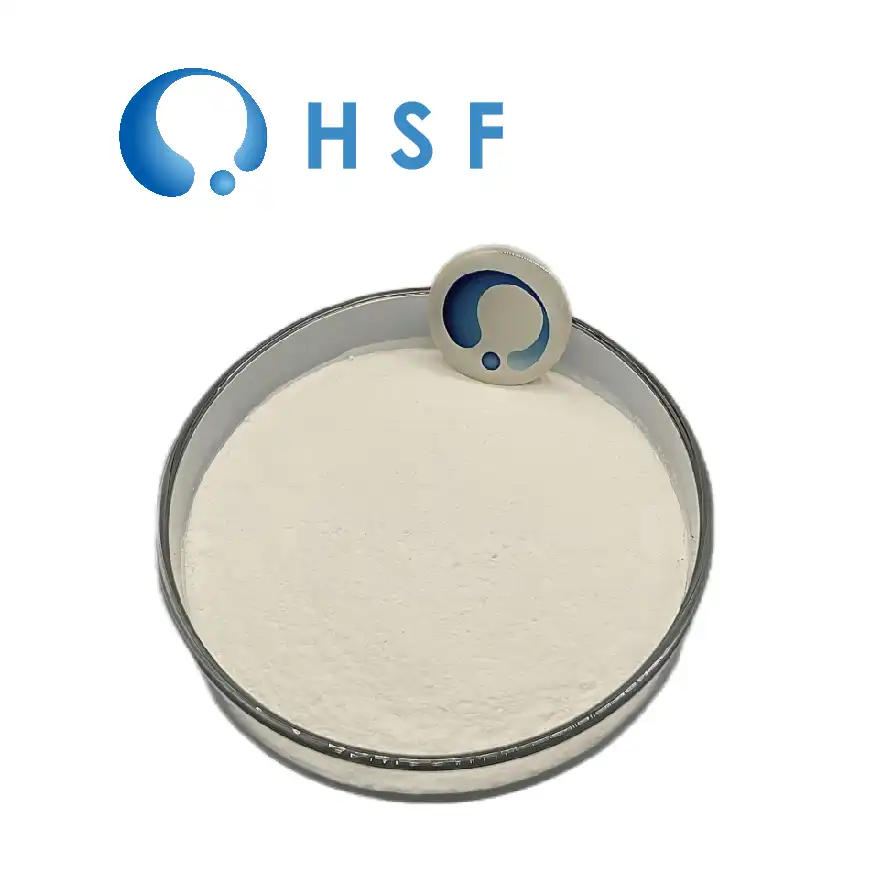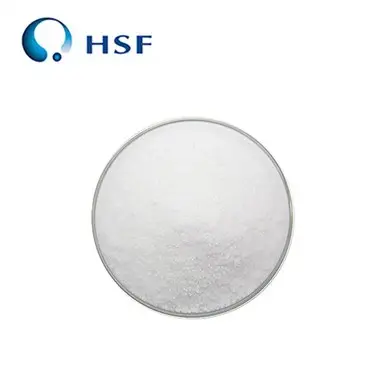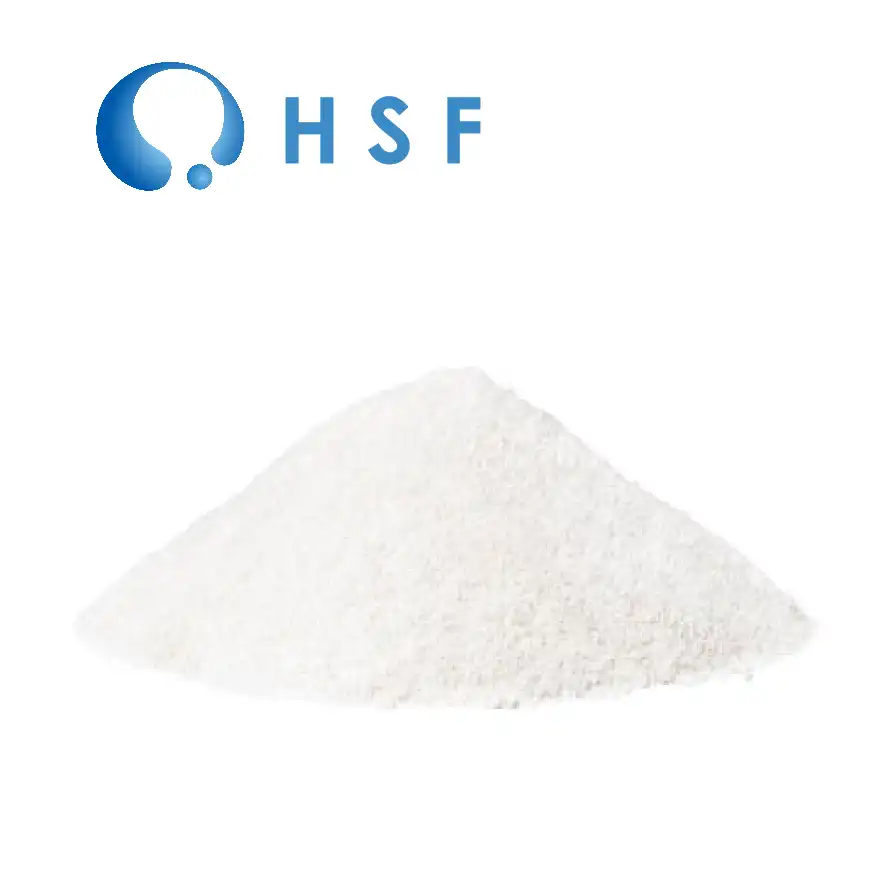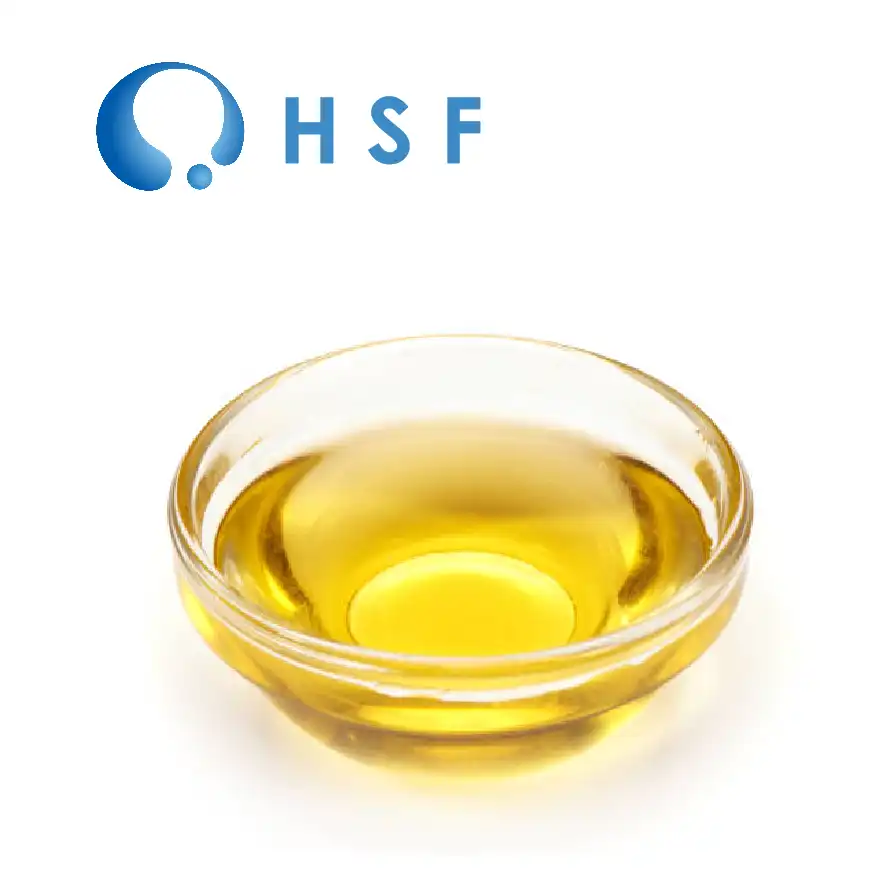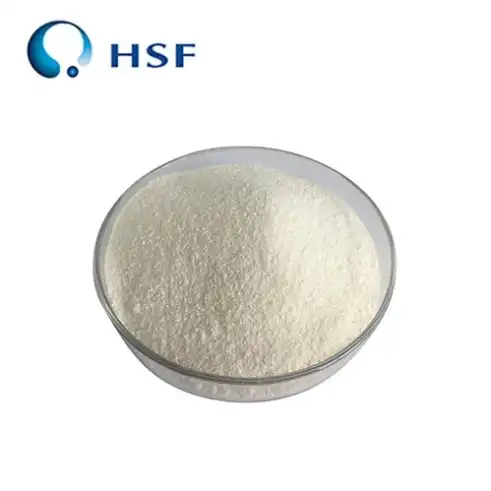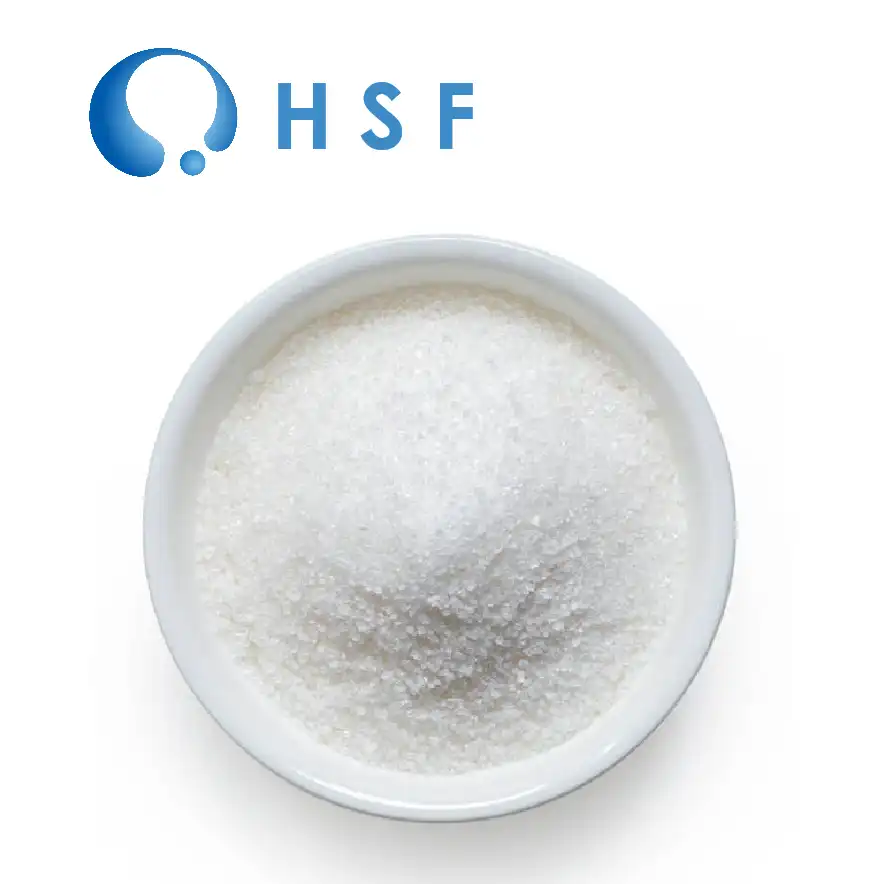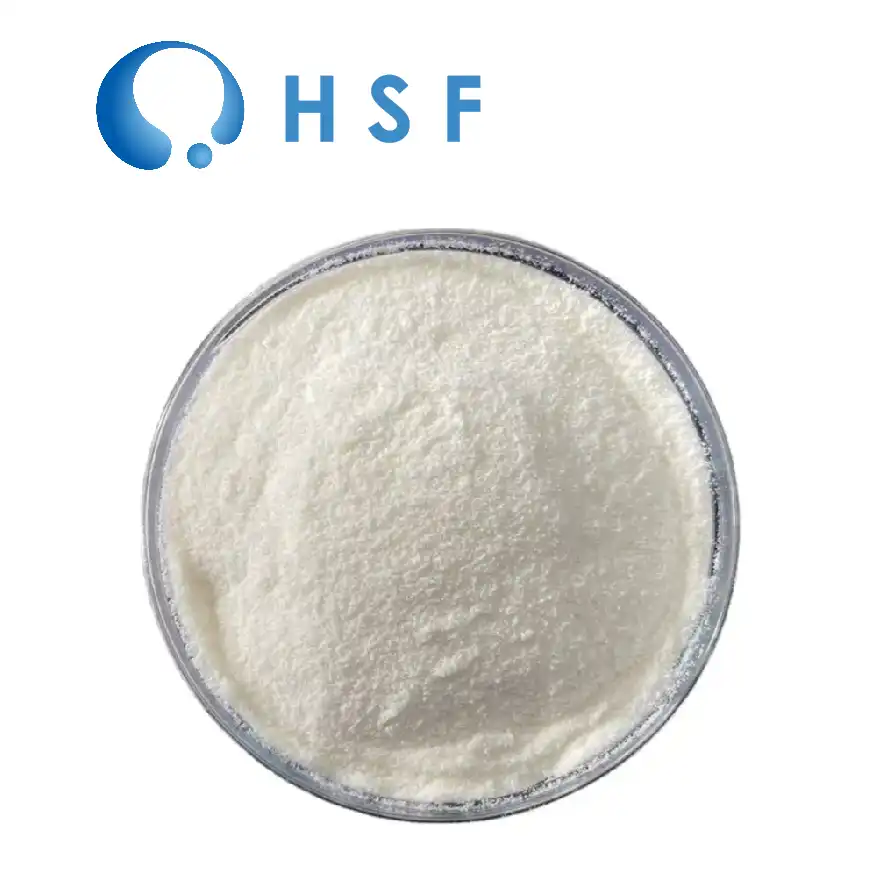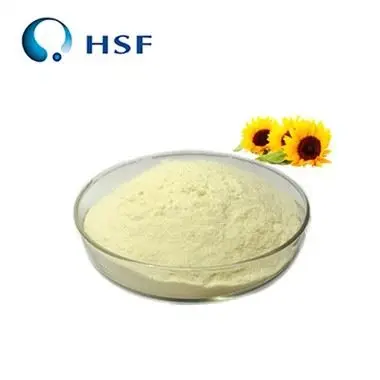- English
- French
- German
- Portuguese
- Spanish
- Russian
- Japanese
- Korean
- Arabic
- Greek
- German
- Turkish
- Italian
- Danish
- Romanian
- Indonesian
- Czech
- Afrikaans
- Swedish
- Polish
- Basque
- Catalan
- Esperanto
- Hindi
- Lao
- Albanian
- Amharic
- Armenian
- Azerbaijani
- Belarusian
- Bengali
- Bosnian
- Bulgarian
- Cebuano
- Chichewa
- Corsican
- Croatian
- Dutch
- Estonian
- Filipino
- Finnish
- Frisian
- Galician
- Georgian
- Gujarati
- Haitian
- Hausa
- Hawaiian
- Hebrew
- Hmong
- Hungarian
- Icelandic
- Igbo
- Javanese
- Kannada
- Kazakh
- Khmer
- Kurdish
- Kyrgyz
- Latin
- Latvian
- Lithuanian
- Luxembou..
- Macedonian
- Malagasy
- Malay
- Malayalam
- Maltese
- Maori
- Marathi
- Mongolian
- Burmese
- Nepali
- Norwegian
- Pashto
- Persian
- Punjabi
- Serbian
- Sesotho
- Sinhala
- Slovak
- Slovenian
- Somali
- Samoan
- Scots Gaelic
- Shona
- Sindhi
- Sundanese
- Swahili
- Tajik
- Tamil
- Telugu
- Thai
- Ukrainian
- Urdu
- Uzbek
- Vietnamese
- Welsh
- Xhosa
- Yiddish
- Yoruba
- Zulu

For pregnant women and infants, is algae DHA better than fish oil?

DHA is an essential polyunsaturated fatty acid for the human body. It has important physiological regulatory functions for the human body and is an important fatty acid component in the brain, nerves, and visual cells. It can promote the functional development of the brain and vision of infants and young children, and is conducive to the improvement of intelligence, learning and memory abilities.
Especially for the two special groups of pregnant women and infants, the intake of DHA is particularly important. However, when choosing a DHA supplement, many consumers face a dilemma: Should they choose fish oil DHA or algae oil DHA?

The Difference Between "Fish" And "Algae"
1. The content and existence form of DHA in fish oil and algae oil
There are two main forms of DHA in fish oil, one is the ethyl ester form (EE) and the other is the triglyceride form (TG). Human absorption experiments show that 57% of DHA is absorbed by the human body in the form of triglycerides. In comparison, only 21% of DHA is absorbed as ethyl ester. The absorption rate of triglyceride type DHA in the human body is 300% that of the ethyl ester type.
DHA in natural fish oil exists in the form of triglycerides, but the content is generally low, about 12%. As DHA products are developed and utilized, the purity of fish oil often cannot meet people's requirements. Generally, it is necessary to use transesterification method to transesterify fish oil into fish oil ethyl ester to enrich the DHA content in fish oil. In industry, distillation is often used to esterify most of the fat in fish oil through molecular distillation equipment. This method can increase the DHA content to 60% to 65%. The DHA in fish oil products on the market is basically ethyl ester DHA.
DHA in natural algae exists in the form of triglyceride. Since the algae itself has a high DHA content, the content of more than 35% can be achieved by directly extracting the algae powder. The extracted algae DHA oil does not require subsequent concentration, esterification and other treatments. DHA remains in the form of natural triglyceride in the algae oil.
In addition, a large number of studies have shown that the human body's absorption and bioavailability of triglyceride type DHA is higher than that of ethyl ester type. The bioavailability of the ethyl ester form of DHA is only 40% that of the triglyceride form. Studies have also shown that after supplementing triglyceride DHA, the DHA content in plasma and blood cells is higher, and the repair ability of lymphocytes is also stronger. For infant applications, the triglyceride form is also most suitable because polyunsaturated fatty acids (PUFA) in breast milk exist in the form of triglycerides.
Compared with triglyceride DHA, ethyl ester DHA is much less stable and is easily oxidized, and its oxidation products are harmful to the human body. The oxidation products of fish oil can easily induce programmed cell apoptosis in the human body, leading to many chronic diseases. Ethyl ester DHA needs to be converted into triglyceride DHA by intestinal epithelial cells and then absorbed by the body. The metabolite produced is ethanol. Although the content of ethanol produced is relatively low, it is not suitable for people who are allergic to alcohol or have poor tolerance to alcohol, especially children.
2. Comparison of the smell of fish oil and algae oil
Fresh seafood oil has no peculiar smell or only has a special mild smell, but often purchased fish oil has a fishy smell. In addition to the processing process and the action of microorganisms and enzymes, the fish oil smell is mainly due to the polyunsaturated fatty acids contained in it that are prone to auto-oxidation reactions and produce unpleasant odor substances. Fish oil DHA may produce trimethylamine and has a strong fishy smell, which not only affects the sensory acceptability of fish oil, but also affects the application of the product. In addition, some odor substances can cause damage to the human body.
Algae oil DHA does not have a fishy smell, only the unique smell of algae oil. The DHA rich in algae oil is triglyceride type, and algae oil is a natural oil containing carotenoids and other natural antioxidant substances, so it has high oxidation stability. According to reports, algal oil with a DHA content of 10% is 10 times more oxidatively stable than fish oil, and algal oil with a DHA content of 25% and 42% is also more stable than natural fish oil, which is also a triglyceride, with a DHA content of only 12%. Relatively speaking, algae oil DHA has better sensory qualities and is more suitable for infants and young children who are sensitive to taste.
|
|
|
3. EPA (eicosapentaenoic acid) content in fish oil and algae oil
Fish oil is mainly extracted from marine fish with high fat content. In addition to DHA, it also contains large amounts of other long-chain polyunsaturated fatty acids, such as EPA. These are the questions many mothers worry about when choosing fish oil.
In fact, this concern is very correct. Because, although both EPA and DHA are omega-3 polyunsaturated fatty acids that are beneficial to the average adult, their effects are quite different. If the purpose is to strengthen the brain, enhance memory and improve vision, infants, young children, teenagers, pregnant women and other groups should take products based on DHA and containing no or less EPA. Because EPA is a competitive inhibitor of arachidonic acid (AA), it can replace AA in the cell membrane, thereby reducing the absorption of arachidonic acid by infants and young children. EPA is not conducive to the growth and development of children.
DHA extracted from deep-sea fish oil inevitably contains ingredients such as EPA that are not suitable for infants and pregnant women, and it is difficult to completely separate them from DHA using existing technology. Based on various analyses, surveys and research results, experts and world health authorities recommend that fish oil with high EPA content should not be used as nutrition and nutritional supplements for infants and young children.
Pregnant and lactating women, infants and young children should supplement DHA from non-fish oil sources or with low EPA content. Algal oil DHA is obtained through extraction and refining of cultivated algae species. It has high DHA content and low EPA content. Currently in developed countries, the DHA added to foods for pregnant women, lactating women and children mainly comes from algae oil. In the United States, algal oil DHA has become the only FDA-approved source of DHA supplementation for children.
In addition, fish oil is animal oil and contains cholesterol. Data from the U.S. Department of Agriculture’s National Nutrient Database show that 100g of natural cod oil contains 570mg of cholesterol. The dietary intake of fish oil is 1 to 2g per day, which is equivalent to a daily intake of 6 to 12 mg of cholesterol. The recommended intake of cholesterol is usually less than 300mg, and the cholesterol content provided by fish oil accounts for 1.6% to 3.6%. In comparison, algae oil DHA is a purely natural vegetable oil with only 0.19% cholesterol content.
4. External pollution problem
Most people think that fish is the main source of DHA. The fact is that fish contain DHA because fish eat DHA-rich algal oil and related plankton in the ocean, and the DHA is passed through the food chain and accumulated in the fish.
As the pollution of mercury and other heavy metals in the ocean has become a worldwide environmental problem, ocean pollution is a danger to fish oil. Mercury in seawater is absorbed by plankton and converted into organic mercury, which then accumulates in seawater fish through the food chain. When it reaches the human body, its toxicity is dozens of times higher than before, causing damage to the human nervous system, especially children.
All in all, compared with fish oil DHA, algae oil DHA is easier to be absorbed and metabolized by the human body, has high bioavailability, is safer and more stable, is a purely natural plant source, does not contain fishy smell, and is a better choice for pregnant women and infants.
Algae Oil DHA from HSF Biotech
In the nutritional supplement market, algae oil DHA has gradually emerged with its unique advantages, especially fermented algae oil DHA derived from Schizochytrium sp. HSF's DHA is based on Schizochytrium sp., a precious marine microbial resource, bringing consumers an unprecedented health experience.
|
|
|
Schizochytrium, as a single-celled, spherical marine fungus, is rich in high concentrations of DHA and is an ideal raw material for the production of algal oil DHA. More importantly, the cultivation process of Schizochytrium is completely carried out in a controlled environment, avoiding environmental pollution and the impact of harmful substances, thereby ensuring the purity and quality of the product.
Our fermentation process is designed based on the physiological characteristics and metabolic mechanism of Schizochytrium. By weakening the competitive pathway for DHA synthesis, increasing the precursors for fatty acid synthesis, and strengthening the fatty acid storage pathway, we successfully increased the proportion of DHA in lipids. This innovative process not only increases the production of DHA, but also ensures its high biological activity, allowing consumers to better absorb and utilize this valuable nutrient.
In addition, our fermentation process is sustainable. The cultivation process of Schizochytrium does not require a large amount of land and water resources, and will not cause damage to the ecological environment. This green and environmentally friendly production method not only conforms to the sustainable development concept of modern society, but also provides consumers with a healthy and safe nutritional choice.

HSF's fermented algae oil DHA product brings an unprecedented health experience to consumers with its unique Schizochytrium source, advanced production technology, strict quality control and sustainable development characteristics. Choosing our products is not only a choice for health, but also a choice for a green and sustainable lifestyle.
For more details, please contact us:
Email: aaron@healthfulbio.com
Whatsapp: +86 18992720900




